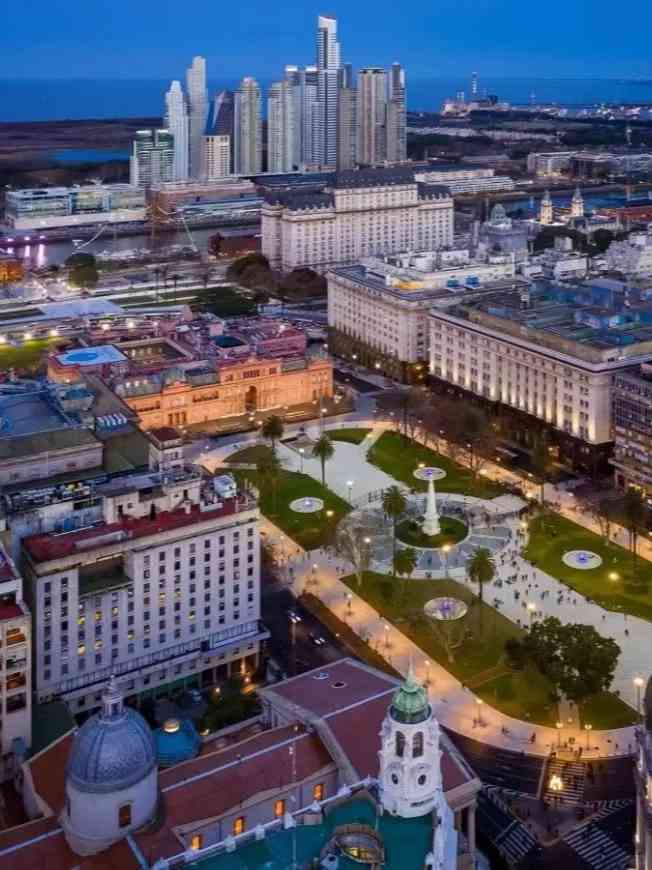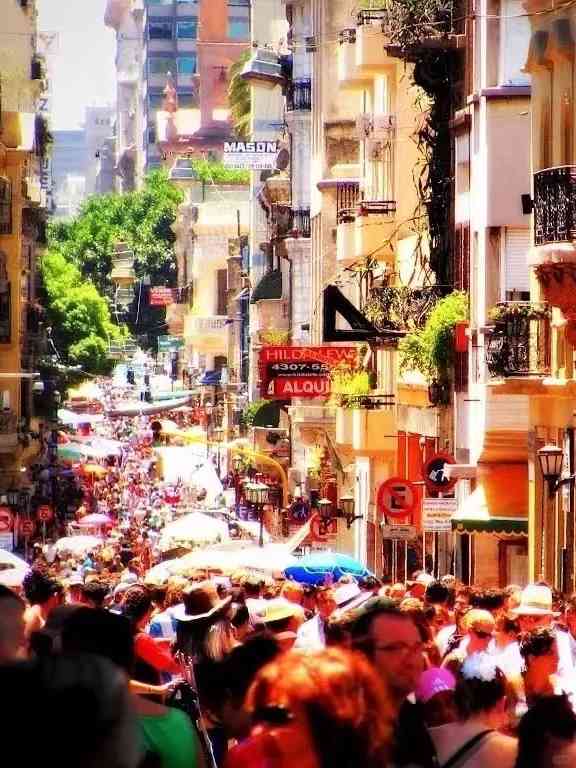What to Know When Traveling to Argentina After the New President’s Election
✨Visa: Travelers with a U.S. 🇺🇸 visa can apply for an Argentine e-visa, streamlining the process. Those without a U.S. visa will need to apply for a sticker visa, which involves submitting the necessary documents and attending an interview. The process can be quite challenging, so be prepared! ⭐️⭐️⭐️⭐️⭐️

✨Language: Spanish is the vibrant heart of Argentina’s 🇦🇷 linguistic landscape, but you’ll also hear English, Italian, German, and French spoken in various corners of the country, reflecting its rich cultural tapestry.

✨Currency: The Argentine Peso 💲 is the lifeblood of the nation’s economy and one of the most traded currencies globally. Banknotes 💴 are available in denominations of 2, 5, 10, 20, 50, and 100 pesos, making transactions smooth and convenient.

✨Time difference: Argentina operates on UTC-3, while Beijing, China 🇨🇳, follows UTC+8. This means that when it’s noon in Beijing, it’s only 1 AM in Buenos Aires—quite a time warp!

✨Religion: Catholicism ✝️ is deeply ingrained in Argentine culture, with over 91.6% of the population identifying as Catholic. The influence of the church is evident in the country’s traditions and architecture.

✨Cuisine: Argentina is a melting pot of culinary influences, with over 85% of its residents tracing their roots back to Italy and Spain. The local cuisine is a delightful fusion of European flavors, with beef 🐂, chicken 🐓, and even donkey meat being staples. Pork 🐷 is less common, and the country is famous for its mouthwatering charcoal-grilled meats.

✨Best travel season: April to September offers the most pleasant weather, making it the ideal time to explore. January and February can be scorching, but if you’re a ski enthusiast, the Andes ❄️ are a winter wonderland from June to September.
❤️Argentina is in the Southern Hemisphere! Don’t forget this when planning your trip, as the seasons are opposite to those in the Northern Hemisphere.

